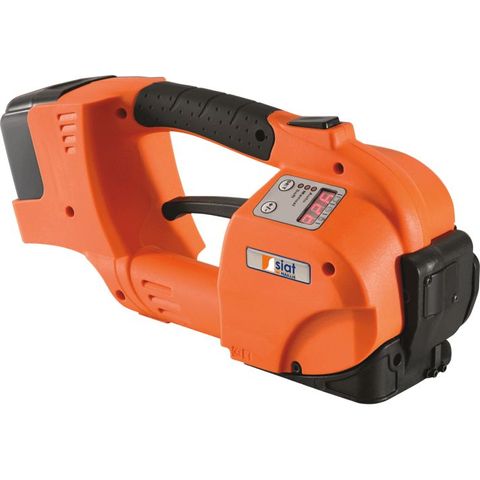Mastering Cardboard Box Packing: Tips and Techniques for Every Move
Mastering Cardboard Box Packing: Tips and Techniques for Every Move
Blog Article
sustainable packaging are ubiquitous in your lives, serving numerous purposes from wrapping to storage. One can choose from various designs, sizes, and advantages, causing them to be flexible equipment in individual and professional contexts. Here's all you need to know about cardboard boxes.

Background and Advancement
Cardboard, particularly corrugated cardboard, was basically trademarked in 1871 by Albert Johnson of The Big Apple. Jackson tried it for covering containers and glass lantern chimneys. The corrugated pack, as we know it nowadays, was designed by Robert Gair, who developed a unit to make large amounts of boxes. This advancement noted the starting of volume manufacturing and extensive use of cardboard boxes.
Forms of Cardboard Boxes
Corrugated Cases: These are the basic most frequent variety and are manufactured from corrugated paperboard, which consists of a fluted corrugated page and a few smooth linerboards. Corrugated bins are known for their strength and durability, which makes them well suited for transport and holding heavy items.
Foldable Cartons: Often known as paperboard cases, they are typically useful for lighter goods. These include breakfast cereal boxes, muscle cases, and packing for little gadgets. They can be usually created from a single layer of paperboard.
Inflexible Containers: These are typically durable and quite often used for higher-finish items like jewellery, electronic devices, and cosmetic products. In contrast to corrugated and foldable cartons, firm boxes will not retract or breakdown.
Developing Process
The production of cardboard boxes consists of a number of actions:
Pulping: Wood potato chips are divided into pulp, which happens to be then washed and refined.
Pieces of paper Producing: The pulp is distributed and pushed into bedding of paper.
Corrugation: For corrugated bins, papers is passed on through corrugating moves to produce the fluted page. This can be then glued between two linerboards.
Slicing and Shaping: The corrugated linens or paperboards are cut and designed into boxes utilizing expire-decreasing models.
Generating and Coating: Bins are usually published with branding or product details and might be covered for durability.
Uses and Rewards
Cardboard boxes are primarily utilized for wrapping and delivery. Their advantages consist of:
Protection: Cardboard offers a defensive covering around goods, safeguarding them from physical problems during transportation.
Modification: They are often easily customized with regards to size, condition, and layout to fit specific needs.
Sustainability: Most cardboard is recyclable and made out of alternative assets, making it an eco-friendly wrapping solution.
Cost-Effective: Cardboard is relatively inexpensive compared to other product packaging materials, making it an expense-powerful choice for enterprises.
Environment Influence
One of many important benefits of cardboard boxes is their recyclability. Trying to recycle cardboard lowers the necessity for virgin supplies and will help help save solutions. However, it is very important make certain that cardboard is discarded correctly. Infected cardboard (with foods, natural oils, or another compounds) can not be re-cycled efficiently and could wind up in trash dumps.
Innovations and Developments
The cardboard package industry is continually growing. Some recent styles include:
Intelligent Packing: Incorporating modern technology like QR rules and RFID tag into cardboard boxes to supply more details regarding the product and enhance the customer encounter.
Eco friendly Practices: Increasing utilization of reused supplies and taking on eco-helpful manufacturing procedures.
Design Enhancements: Development of a lot more robust and lightweight designs to reduce shipping costs and enviromentally friendly influence.
Bottom line
Cardboard boxes are a fundamental part of contemporary logistics and wrapping. Their versatility, expense-efficiency, and environmental benefits cause them to an indispensable instrument in a variety of market sectors. Because the interest in sustainable packaging expands, the cardboard box sector is probably going to proceed innovating, making certain these basic yet important storage units continue to be pertinent in the foreseeable future.
Report this page